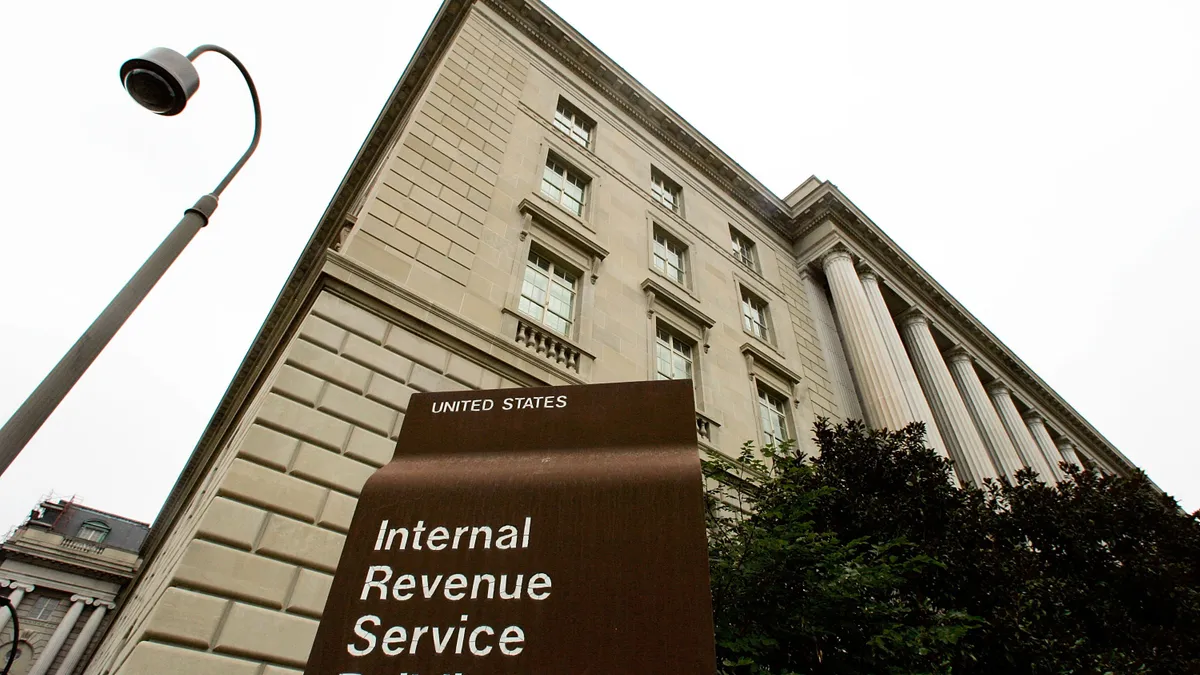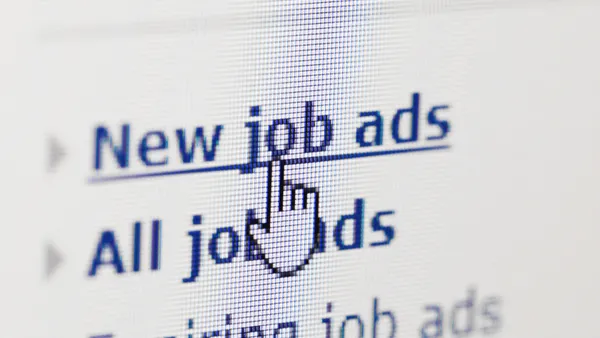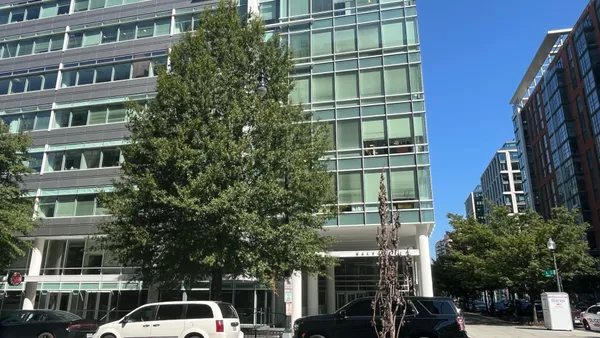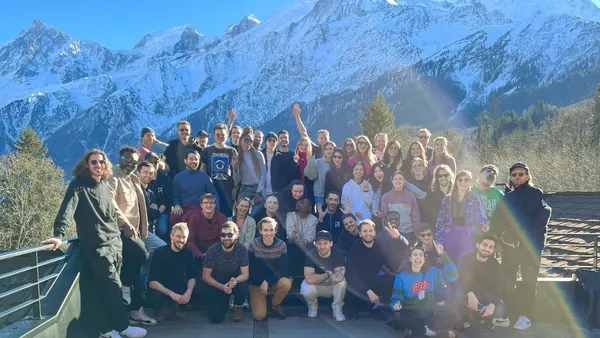Dive Brief:
- By 2031, workers 55 and older will comprise 25% or more of the workforces in G7 countries (U.S., Canada, U.K., Germany, Japan, France and Italy), a nearly 10% jump from 2011, according to a July 13 report from global consultancy firm Bain & Co. Across the world, 150 million jobs will shift to older workers by the next decade — a figure almost equal to the entire working population of the U.S., the report found.
- Despite the projected shift, “we’ve found it rare to see organizations put programs in place to fully integrate older workers into their talent systems,” James Root, Bain & Co. partner and co-chair of its think tank, Bain Futures, stated in a press release. The report outlines three steps companies can take to recruit, retain and integrate older workers into the workforce. First, understand what motivates them at work, including interesting assignments, autonomy, flexibility and good compensation. Second, reskill them for your next 10 years of capability needs; for example, 22% of workers aged 55 to 64 say they need more tech skills, but to motivate them to participate, training programs should be designed to appeal to their pursuit of interesting work. Third, respect their strengths.
- “With the right tool kit, aging workers can help employers get ahead of their talent gaps and create high-quality jobs that turn older workers’ skills and experience into a competitive advantage,” Bain Futures Co-Chair Andrew Schwedel said in the release. For the report, Bain surveyed more than 40,000 workers in 19 countries, across all economic sectors, ages, educational backgrounds and job types, it said.
Dive Insight:
Financial security may be front of mind for workers who want to keep working past retirement age. But importantly for employees facing current and future talent gaps, money isn’t the only reason they want to stay employed.
Six in 10 of retirement-age workers in the U.S. say they’ve kept working because they are still healthy and able, according to a survey of more than 1,000 “employment extenders” (those working past traditional retirement age) released in February by the nonprofit Easterseals and Voya Financial program Voya Cares. More than half (56%) said they keep working because it gives them a sense of purpose; 58% are doing so to keep their minds active.
Unfortunately, because of age discrimination, even from retirement-age decision-makers, baby boomers in the U.S. remain an untapped generational talent pool, consultant Dethra Giles pointed out during an April talent conference hosted by the Society for Human Resources Management.
For one, employers may overlook older workers in industries with young employee bases, assuming they would not be a good fit, a 2022 ZipRecruiter report concluded. Also, workers over 40 say they encounter age bias more often during screening interviews and in final hire decisions than in the workplace, according to a 2021 WerkLabs survey.
HR departments can do a number of things to change this, one expert previously told HR Dive. Primarily, HR is responsible for bringing candidates to the top of the funnel. They can also increase the applications they shortlist and post positions on job boards, and attend virtual job fairs dedicated to older workers. In addition, HR can educate hiring managers about the opportunities older workers present, the expert explained.
For corporate leaders, there’s an important message: Research from the international Organisation for Economic Co-operation and Development (OECD) has found that “age-diverse firms are lower in turnover and higher in productivity than benchmarks,” the Bain report noted.
The report highlights real-life examples of how companies are integrating older workers into their talent pools.
For instance, global technology firm Atos created a program designed to bridge the skill gaps of employees over 50, the report points out. Employees have to set goals and decide what courses, certifications and training would benefit them. Atos calls on “tenured talent” to provide instruction, according to Bain.
Mitsubishi and Tokyo Gas have career centers offering custom training, job matching and individual consultation to employees 60 and older and over 50, respectively, the report says. The National Institutes of Health is a fourth example: The medical research agency, a division of the U.S. Department of Health and Human Services, actively recruits people looking for a second career, often ex-military and ex-academicians.













